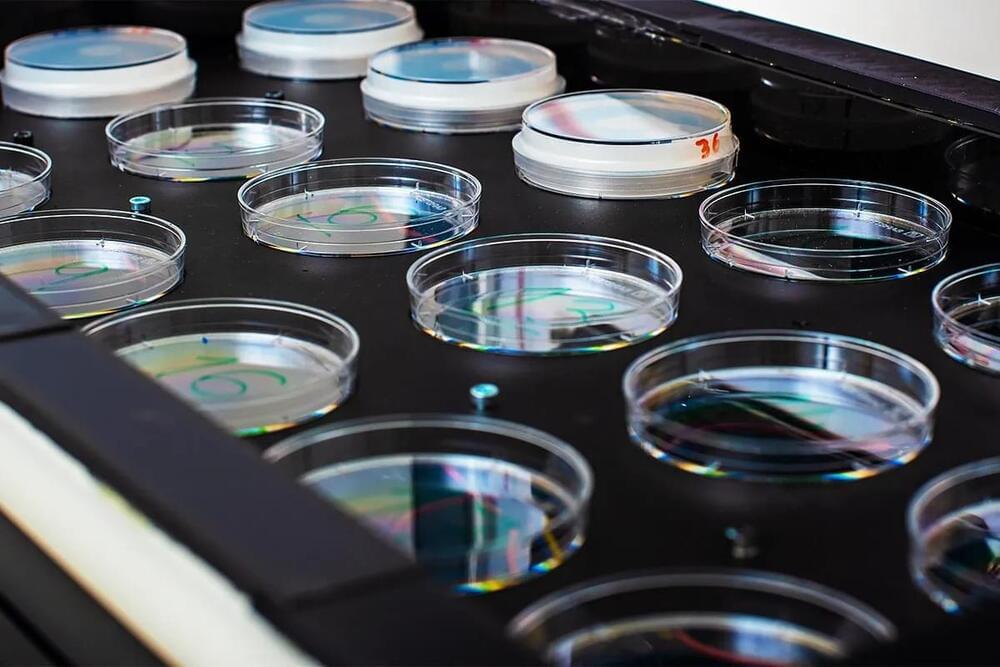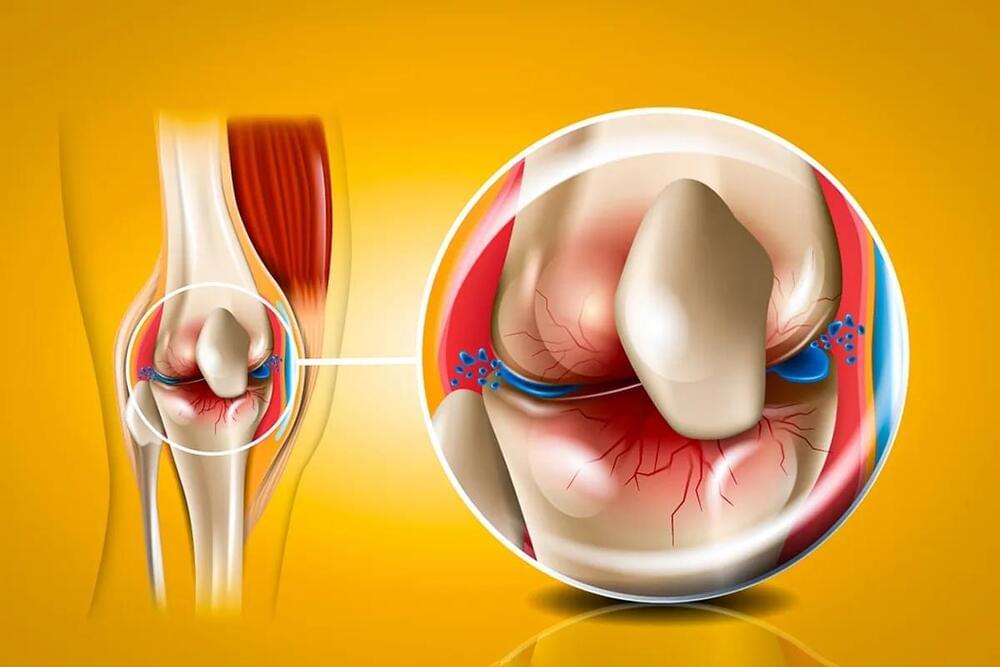The Artemis 1 mission will use a Space Launch System megarocket to launch an Orion spacecraft to the moon.




The early-stage development of many age-targeting compounds often involves studies of their effects on the lifespan of the transparent nematode (worm) model Caenorhabditis elegans. A highly manual process, this exercise is time-consuming and only produces data on one endpoint – lifespan.
Durham University associate professors David Weinkove and Chris Saunter invented a technology that automates measurements of movement in many large populations of worms simultaneously. Crucially, this technology goes beyond measuring lifespan, also capturing information about how worms’ health declines as they age – their healthspan.
Longevity. Technology: Together, Weinkove and Saunter have co-founded a spinout company called Magnitude Biosciences, leveraging their innovative platform to test drugs and other interventions for their capacity to prolong healthspan. We caught up with Weinkove to learn more about the background to the company and where it goes from here.

Remedium Bio has announced that it has closed more than $2.3m in its expanded seed round financing. Funding from the raise is being used to study Remedium’s lead product, a single-injection gene therapy potentially capable of reversing cartilage loss; this research is being conducted in collaboration with scientists from Tufts University School of Medicine who are engaged in researching rheumatic disorders.
The financing was led by Sherwood Ventures and included participation from, LongevityTech. Fund, Primo Medical Group, Angel Star Ventures, Apis Health Angels, MicroVentures, and Guindy Alumni Angels.
Longevity. Technology: Remedium’s pipeline includes therapeutic indications in osteoarthritis, diabetes, stroke and other large unmet clinical needs.



A biotech firm wants to create “synthetic” human embryos that would be used to harvest organs in order to facilitate transplants and treat conditions such as infertility, genetic disease, and aging, according to researchers.
The Israel-based company, Renewal Bio, claimed that it successfully used advanced stem cell technology and artificial wombs in order to grow mouse embryos which continued to develop for several days.
Lex Fridman Podcast full episode: https://www.youtube.com/watch?v=I845O57ZSy4
Please support this podcast by checking out our sponsors:
- InsideTracker: https://insidetracker.com/lex to get 20% off.
- Indeed: https://indeed.com/lex to get $75 credit.
- Blinkist: https://blinkist.com/lex and use code LEX to get 25% off premium.
- Eight Sleep: https://www.eightsleep.com/lex and use code LEX to get special savings.
- Athletic Greens: https://athleticgreens.com/lex and use code LEX to get 1 month of fish oil.
GUEST BIO:
John Carmack is a legendary programmer, co-founder of id Software, and lead programmer of many revolutionary video games including Wolfenstein 3D, Doom, Quake, and the Commander Keen series. He is also the founder of Armadillo Aerospace, and for many years the CTO of Oculus VR.
PODCAST INFO:
Podcast website: https://lexfridman.com/podcast.
Apple Podcasts: https://apple.co/2lwqZIr.
Spotify: https://spoti.fi/2nEwCF8
RSS: https://lexfridman.com/feed/podcast/
Full episodes playlist: https://www.youtube.com/playlist?list=PLrAXtmErZgOdP_8GztsuKi9nrraNbKKp4
Clips playlist: https://www.youtube.com/playlist?list=PLrAXtmErZgOeciFP3CBCIEElOJeitOr41
SOCIAL:
- Twitter: https://twitter.com/lexfridman.
- LinkedIn: https://www.linkedin.com/in/lexfridman.
- Facebook: https://www.facebook.com/lexfridman.
- Instagram: https://www.instagram.com/lexfridman.
- Medium: https://medium.com/@lexfridman.
- Reddit: https://reddit.com/r/lexfridman.
- Support on Patreon: https://www.patreon.com/lexfridman
Headlines such as “MACHINE COMES TO LIFE” and “GOOGLE ENGINEER URGENT WARNING” have led many to believe that science fiction has become reality, with artificial intelligence reaching the level of human consciousness. What are the religious implications? And what are the facts? What do we know about how artificial intelligence really operates?
